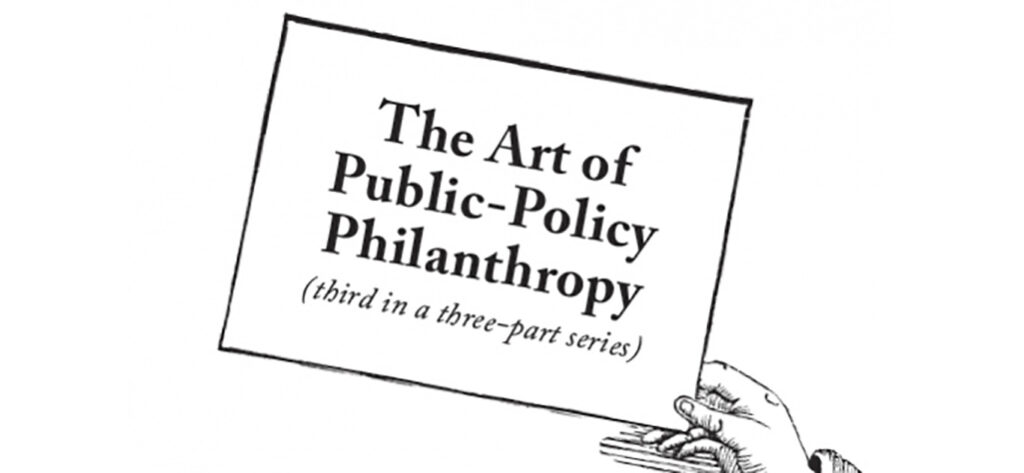
In three consecutive issues of Philanthropy we have been presenting wisdom from America’s leading experts on public-policy philanthropy. This niche—where donors aim to nudge national opinion and lawmaking in constructive directions—is a difficult art, but one that can have large payoffs for those who understand its mysteries. In this final installment, our authorities offer wisdom on how philanthropists can help enact and protect useful school reforms. These expert testimonies are condensed from the recent Philanthropy Roundtable book Agenda Setting: A Wise Giver’s Guide to Influencing Public Policy.
Chester Finn
Chester Finn entered the policy arena in the late 1960s as a liberal who was optimistic about ending poverty through education. He evolved into a conservative attentive to the unintended side-effects of social engineering. He remains an advocate of energetic public-policy reform, a proponent of private giving as an alternative to bureaucratic social programs, and one of the nation’s leading experts on excellent education.
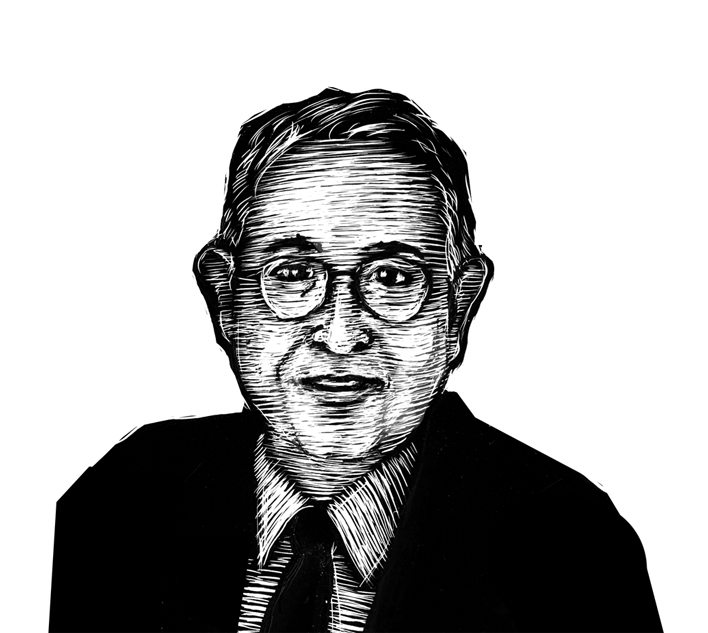
“I was drawn into education by a desire to improve the world. Lyndon Johnson persuaded me that the path to ending poverty ran through education. So I went to a school of education and became a social-studies teacher, then later realized I wanted to work on a larger canvas, in public policy. But donors in those days were mostly just paying for programs that would benefit people directly.”
“The most famous policy intervention by a donor at that time was the Ford Foundation’s effort to bring local control to the schools in New York City. This was a pet project of McGeorge Bundy, who worked in the White House before becoming president of Ford. They decided that the New York City school system should be turned over to the people of New York at the neighborhood level. That unexpectedly led to all sorts of awful stuff: racism, anti- Semitism, and the first major teacher strike in the country’s history. That scared donors away from governance change in education. Funders generally opted for safer and simpler solutions. ‘Let’s build a library.’ ‘Let’s give scholarships to 87 kids to go to private school.’ ‘Let’s donate computers.’”
But a gradual push toward more fundamental governance reform began to simmer in the donor community. “As fresh ideas for reform began to bubble up, reformers started to seek private funding. The venture capital for educational experimentation started coming from philanthropy.”
To improve the chances of real and lasting change, “a lot of philanthropists added political engagement to their foundation work. Outside of their tax-exempt, charitable work they made donations to advocacy groups and political action committees. Now donors are very mindful of groups like StudentsFirst, 50CAN, and the Policy Innovation in Education Network that are pushing for dramatic school reforms. Donors like the Fishers, Eli Broad, the Waltons, the Gates Foundation, and others strategize together and even coordinate their work to counter act political and policy sclerosis.”
“My own Fordham Institute is an example of this. Our roots are in Ohio, and recently it became one of our top priorities to get Ohio’s messed-up charter-school law rewritten. Toward that end, we undertook, as a grant-receiving nonprofit, what the IRS calls a 501(h) election, so that our institute can legally engage in part-time lobbying, even though we’re a 501(c)(3) nonprofit. We are working with other groups whose legal status allows them to engage in political reform even more directly. We’re doing this because the Ohio charter law is so bad and truly needs to be changed.”
“The foundation side of Fordham also continues to fund projects that provide good services directly to needy people. That will always be the heart of philanthropy. But there are so many bad policies in education that beg for change. The bad policies get in the way of good works, and can swamp any benefit you do.”
Before it entered combat in Ohio, Fordham built a base of facts. “We’re starting with two research studies that are both philanthropically funded. One is an evaluation of charter-school performance that documents how much these schools vary depending on how they are structured, and how mediocre our Ohio schools are. The other study is a forensic analysis of current charter laws in Ohio. We are identifying the many statutory elements that get in the way of good charter schools in Ohio.”
This is classic nonprofit research pursued in the public interest. It provides the public with useful information. It allows the foundation to set an accurate and useful agenda. It helps Fordham set smart priorities in its push against counterproductive policies.
“We’re also quietly rallying allies to join a coalition that will inform and encourage legislators to support changes. We won’t quarterback a change team. It needs to be a grassroots, local, popular coalition. But we are helping to recruit players, and carrying water to the people on the field.”
“And then there’s a public case we need to make. We have to persuade John Q. Public and members of the media that there’s a problem. That we have viable solutions. And that there’s a moment of opportunity to act.”
As a former Senate and Cabinet department staffer, Finn knows that measuring impact is tricky in this kind of work. “Every policy change has opponents, and even if they lose they will do their best to undo the change as soon as they can. Things don’t stay done. So it requires constant vigilance in order to keep improvement on track. And the payoff can be very slow in coming.”
“Meanwhile, defenders of the status quo are usually more deeply invested than those who want change. Beneficiaries of an existing system know exactly what they will lose if change occurs. They’re fighting for their present benefits and advantages—and sometimes their jobs.”
“In comparison, the benefits of change are only something promised, not a real thing. A parent hears, ‘Your kid’s odds of getting a good teacher will rise if this law passes.’ But a teacher thinks, ‘I will lose my job if this law passes.’ Guess who fights harder?” That’s one of the reasons donors are so important. They can help balance the incentives. They can promote long-term promise over short-term expediency. They can risk the ire of politically powerful interests.
John Kirtley
For years, John Kirtley had focused on building up a venture-capital firm in Tampa. “I wasn’t involved in philanthropy at all. And I didn’t do anything in politics except vote in presidential elections,” he says. But by the mid-1990s Kirtley was ready to do more.
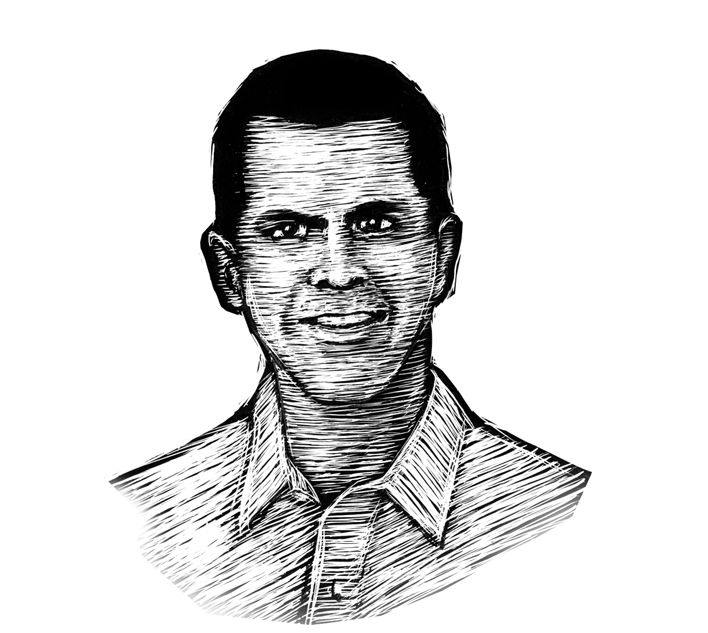
He returned to Florida (where he had attended high school) after working at a large bank in New York City. At age 25 he set up his own venture-capital firm focused on small companies in the Southeast. Soon he was making more than enough money to live on, and began to think about giving some of it away. A friend had told him about a program that paired patrons with needy Catholic schools, and Kirtley signed up even though he isn’t Catholic, because the schools were such lifesavers for many children living in neighborhoods with terrible public options.
While he was involved with one low-income Catholic school, Kirtley read about the efforts of philanthropists Patrick Rooney and Virginia James to launch scholarship funds across the country that would help lots of poor students attend private schools. “I decided to start a scholarship program in Tampa Bay.” He eventually became the local affiliate of the Children’s Scholarship Fund, a new nationwide initiative launched by Ted Forstmann and John Walton to help low-income students attend private schools.
Kirtley publicized his scholarships himself—walking around neighborhoods, visiting churches, and speaking on radio stations. When the application deadline arrived, his new fund received about 12,000 applications for 700 scholarships of $1,500 each. “It just blew me away.”
Kirtley felt good about meeting a need, but the experience also troubled him. “We had to turn away a lot of good people. Parents kept calling—my phone number was listed—and asking, ‘Don’t you have just one more scholarship?’ That’s when I realized that philanthropists must become involved in public policy.”
In the spring of 1999 the Florida legislature took up Jeb Bush’s school-choice proposal that would allow students to escape failing public schools. Kirtley bused parents to Tallahassee to be heard. “A lot of politicians say that parents want more public-school funding. Our parents got up and said they want choice.”
Kirtley and his allies faced tremendous political resistance as they pushed for new alternatives for parents, much of it motivated by fear and self-defense. “One day, a black legislator who publicly opposed school choice took me into his office.” He handed Kirtley a list of ten things he wanted to accomplish as a legislator. “You’re right about school choice,” he told Kirtley. “But if I put school choice on my list, the teachers union will take me out, and I won’t get to the nine other things.”
For Kirtley, the comment was a revelation. “He was making a perfectly logical decision,” he says. “I realized we had to broaden the political support for school choice. We needed more than a traditional nonprofit group that funded scholarships.”
So Kirtley became a political actor. In addition to his 501(c)(3) scholarship fund, he started a pair of campaigning organizations: a 501(c)(4) to focus on communications and lobbying and a 527 group to fund elections. He picked hardball activists to run operations. One was a former public-school teacher, union leader, and lifelong Democrat. Another was a former newspaper editorialist, tasked with the job of winning hearts and minds in the media. A third was a veteran organizer in African-American communities.
Kirtley devoted millions of dollars to these efforts, both his own money and funds he raised energetically from others. In each election cycle his groups spread the word about school choice and ran advertisements educating voters about candidates who favored choice and those who opposed it. “We had a lot of tough days,” says Kirtley. Yet for every step backward, the movement seemed to take two forward.
By 2010, school-choice bills had wide support in Florida, including co-sponsors among Democrats. Majorities of both the black and Hispanic caucuses had become supporters of a large expansion of Florida’s school-choice programs. In a historic vote taken on the same day that Kirtley brought thousands of parents and community leaders to march in Tallahassee, the Florida Senate voted to strengthen school choice across the state.
The success helped even students who stayed put. “Our results indicate that private-school competition, brought about by the creation of scholarships for students from low-income families, is likely to have positive effects on the performance of traditional public schools,” concluded researchers David Figlio and Cassandra Hart.
“If others want to do this in their states, the first thing they should do is contact the American Federation for Children, which advises school-choice supporters around the country,” Kirtley says. “Then they should be ready to do more than just fund scholarships. You also have to get involved in politics and public policy. If your goal is to change K-12 policy, you’re going to have to change laws. And if legislators refuse to change those laws, then you’re going to have to change those legislators.”
And “you need to steel yourself,” offers Kirtley, because “you will be a target. It’s amazing what the press will print about you. If you’re in it for the accolades or to score political points, this isn’t for you. But if you want to improve the schooling of our children and can handle the pressure, the rewards are so worth it.”
Fred Klipsch
Fred Klipsch knows how to raise the volume on a public conversation. His name is on the speaker company whose products are found in everything from miniature earbuds to massive home-theater systems. And his home state of Indiana has become a national leader in educational innovation partly because of the loud-and-clear messages that Klipsch has helped introduce into public discussions there.
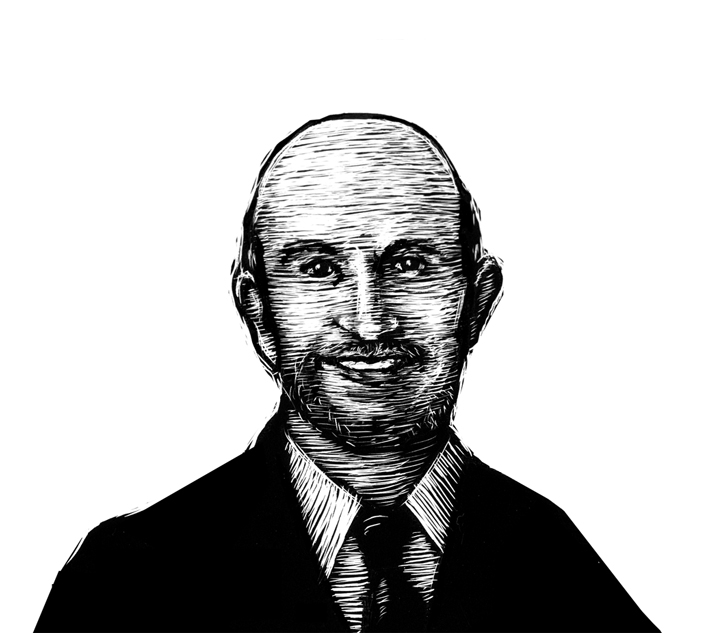
“You know what’s unacceptable?” he says. “It’s unacceptable that kids living in the wrong zip codes don’t get educated. We’ve known about this problem for decades but we’ve decided not to talk much about it.”
“I’m a product of public schools,” says Klipsch. “My dad worked in a factory. I went to grade school in the inner city of Indianapolis. This was back in the days when we made sure everybody got a good education.” He went on to Purdue University.
For years, Klipsch paid far more attention to his businesses than to public policy. In the 1990s, a fellow Indiana businessman approached Klipsch about improving education. The late Pat Rooney ran the Golden Rule Insurance Company. As a philanthropist, he was tireless in creating scholarships to help low-income students escape failing public schools and attend effective private ones. Klipsch agreed to get involved.
They raised millions of dollars in donations and gave away thousands of annual tuition stipends. “That felt good,” says Klipsch. The group deliberately stayed out of politics. Over time, however, Klipsch began to sense that scholarships treated a symptom rather than offering a cure.
“I knew we weren’t doing enough,” he says. “Public education is a state-funded political monopoly. There’s no competition, so our best students don’t match up with the best students in other countries, and our other students are even worse off.”
In 2006, Klipsch started a pair of nonprofit groups, now called the Institute for Quality Education (concentrating on policy development) and Hoosiers for Quality Education (focused on politics and elections). Philanthropists who want to shake up dysfunctional public institutions and policies can’t ignore the rough and tumble of politics, he insists. “A policy arm without a political arm will fail.”
When Klipsch leapt into the politics of education in 2006, Democrats controlled Indiana’s general assembly. Within four years, the GOP captured a majority and began pushing through a series of major reforms, including merit pay for teachers, charter-school expansion, and tax credits for donors of scholarships. By 2014, Indiana was sponsoring the country’s second-largest school voucher program, allowing nearly 20,000 students to attend private schools rather than failed public alternatives.
Coming up with good ideas is the first step for reformers. Then comes excellent communication. Once new policy ideas are enacted, strong implementation is essential. “You have to help with their execution,” Klipsch notes. Just because a state sponsors vouchers doesn’t mean that families will realize they’re available—especially if officials aren’t committed to a program’s success. “You can’t leave this up to the politicians. Once they enact a policy, they move on. The successful execution will come back to you.”
Klipsch warns that lasting, large-scale school improvement “will take a couple of decades, not a couple of years. It’s a hard journey.” He donates generously and seeks allies, fundraising among successful men and women who share the vision of Indiana as a blazer of new paths to educational excellence. “Most of my donors are successful businessmen. About 60 percent of our budget comes from 20 to 25 individuals.”
Motivating fellow donors is a big part of this. “Our society allows a lot of students not to get educated and says it’s okay. But if you see a bus hit a lady in the street, and then walk around without helping her—maybe you bear some responsibility for her death. That’s how we should think about public education. And those in a position to become philanthropists in this area need to become leaders. People say they can’t do anything to fix public education. But that’s just wrong.”
Betsy DeVos
The activism of Betsy DeVos began in the 1980s, when her family started supporting low-income families at a private school in Grand Rapids, Michigan. Since then, she has pushed for school choice as both a philanthropist and a political leader. “I was optimistic educational choice would happen much more quickly than it has,” she says. “I’ve learned that this is a generational battle.”
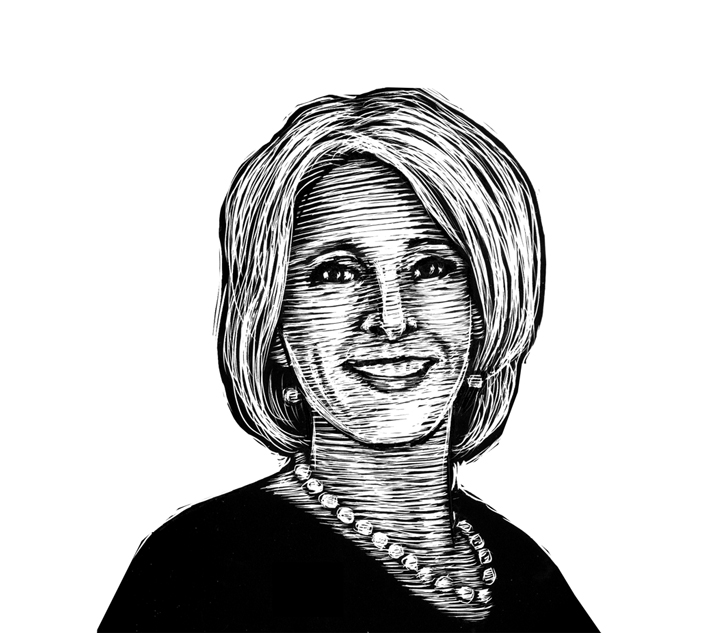
“Getting involved in reform can be intimidating,” DeVos admits, because politics is controversial. Her solution is to focus on personal lives. “I’m always encouraging people to come with me and visit schools that work,” she says. “Look into the eyes of the children who are benefiting from a good education—and then think about how we’re denying the same opportunity to the ones who aren’t here. I just have to see the faces of these kids. It makes all the criticism worth it.”
“We became aware of the Potter’s House, an urban Christian school in Grand Rapids,” she says. “We were struck by how hard many of the parents worked to pay the tuition.” Betsy and her husband, Dick, started to sponsor needy students on an individual basis, and their philanthropic commitment to the school grew. In 1990, Dick DeVos won election to Michigan’s State Board of Education, and the family began a decade of intense political activity.
“Every night at the dinner table, we talked about improving opportunities for education.” In 1993, the couple helped Michigan pass its first charter-school bill. Their state’s constitution expressly forbade tax dollars from supporting private schools, so in 2000 Betsy and Dick led an effort to amend it through a ballot initiative. The measure would have lifted the ban and provided vouchers to students in the worst-performing schools across the state, but it went down to a stinging defeat.
Many philanthropists might have given up. DeVos resolved to keep battling. “It took a long time for our education system to get where it is today,” she says. “It’s going to take a long time for us to change it.” She helped to fund and lead several national organizations devoted to expanding school choice. She is chairman at the American Federation for Children, which works with local allies in many states to eliminate caps on charter schools and school-choice programs, push tax credits and school vouchers through legislatures, and otherwise create new options for low-income children trapped in poor public schools. In this role she has helped bring educational choice to its current high-water mark, with the number of children attending private or religious schools with public support from vouchers or tax credits rising from 29,000 in 2000 to 354,000 today, and the number of charter schools nationwide soaring to 7,000.
After decades of involvement as a donor, DeVos has learned that charitable efforts must be backed by practical political activism—or even the best ideas are likely to be ignored. Changing policy always makes enemies, so reformist donors must cover the backs of legislators willing to stand up to the status quo. “You can’t neglect the political side. We need to elect allies and defeat politicians who stand in the way of reform. We have to put money behind legislation.”
“In the future, education will look a lot different,” DeVos argues. “We’re going to see options that we can’t even imagine right now because nobody has thought of them yet.” Nothing is inevitable, though, and philanthropists can be important influences. “We have to get involved in public policy to make sure these options can flourish—so that children can flourish.”
Thomas Carroll
Thomas Carroll is a public-policy marathoner. At New York’s Foundation for Opportunity in Education he helps connect donors with alternative schools, nonprofit reformers, and needy students. When New York passed a groundbreaking law in 1998 allowing a limited number of charter schools across the state, he knew the fight for education reform was just beginning.
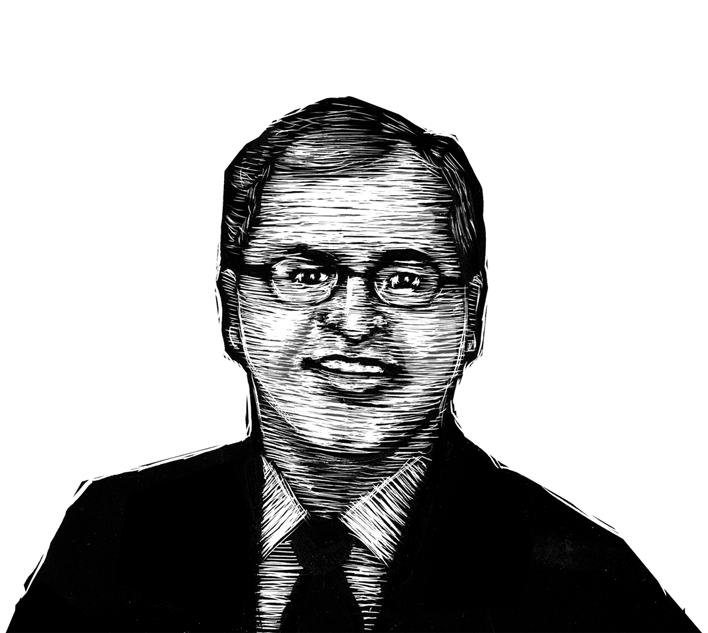
He was right. As charter schools began to take root in Brooklyn, Harlem, Albany, and Buffalo, policy battles increased. “There was political pushback from the teacher unions and local school boards that were affected.” Legislation to cap the growth of charter schools caused reformists to rally their troops. “It was the beginning of a more aggressive advocacy phase. Charter-school advocates had to create a permanent policy and political presence within New York. The value of relationships in politics is paramount. Someone who shows up on an issue for the first time and expects to compete against teacher unions or any organized lobby is at an extreme disadvantage.”
“So once the charter-school law was adopted, we didn’t pop champagne corks and think it was over, but rather set up a series of ongoing nonprofit organizations funded by donors to handle the intellectual, policy, advocacy, and political side of advancing charter schools. Some of the charter networks looked at politics with great disdain. But as they started to suffer some of the indignities of the political process, they became more active.”
“Over the last 15 years, it has become much more of a fair policy fight. There is now a pretty substantial set of education-policy donors in the state that, depending on the year, can match or exceed what the teacher unions spend. Because of that, there are mature advocacy organizations, getting more sophisticated every year, working to make our state’s education policy more innovative. Donors no longer view it as, ‘Oh, we just have to do this for a couple of years and then we can move on.’ They see that there has to be a permanent ongoing effort funded at a fairly substantial level.”
“In New York, charter schools came in under a Republican governor, and there have been three Democratic governors since. We still had growth in charter schools, because great care was taken to make sure that the movement was perceived as a bipartisan effort benefiting children statewide.”
“For my current work on behalf of a tax credit for donations that allow children to attend a school of their choice, I’m pulling together a coalition that’s very broad. We have more than 80 community groups including the Brooklyn NAACP, the Urban League in Buffalo, the New York City Hispanic Chamber of Commerce, and more than 20 labor unions. The religious coalition includes the Catholic Church, Orthodox Jews, evangelical Christians, and Muslims. We joke when we have meetings that nobody is allowed to talk about any other issue, or the room could descend into a bar brawl. But this is one issue that everybody comes together on.”
“The biggest mistake donors make in this area is an assumption that politics is linear and predictable. Donors, like all people, want instant gratification. But politics works in a zig-zaggy way. We need patience. The charter-school law had three defeats before final approval. We’re now in a phase, with a New York City mayor who’s hostile to education reform, where a lot of political slugging is going to go on for a long time.”
“That means people have to make donations with more risk. Giving on the other side of the mayor is an uncomfortable place for a lot of businesspeople in New York. In New York, 501(c)(4) donors can be publicly disclosed, unlike the rest of the country, so there are no quiet checks. It’s out in the open, so people have to get over being timid about controversy. They have to realize that’s the price of moving forward on reform.”
“On any public-policy issue where you have a well-financed, determined opponent with political capacity, 501(c)(3) charitable activities alone are simply not going to be enough. Donors who want to be successful policy advocates have to be willing to get engaged in politics, and be comfortable with a high level of uncertainty and risk. Some people just don’t have the stomach for it.”
“A tremendously high percentage of charitable giving on education reform currently goes to things like setting up charter schools or paying private-school tuitions for poor kids. A relatively small percentage goes to advocacy. I think the ratio needs to be rebalanced a bit. Givers of charity should focus somewhat more on changing the policy environment in which district schools, charter schools, and private schools operate.”
